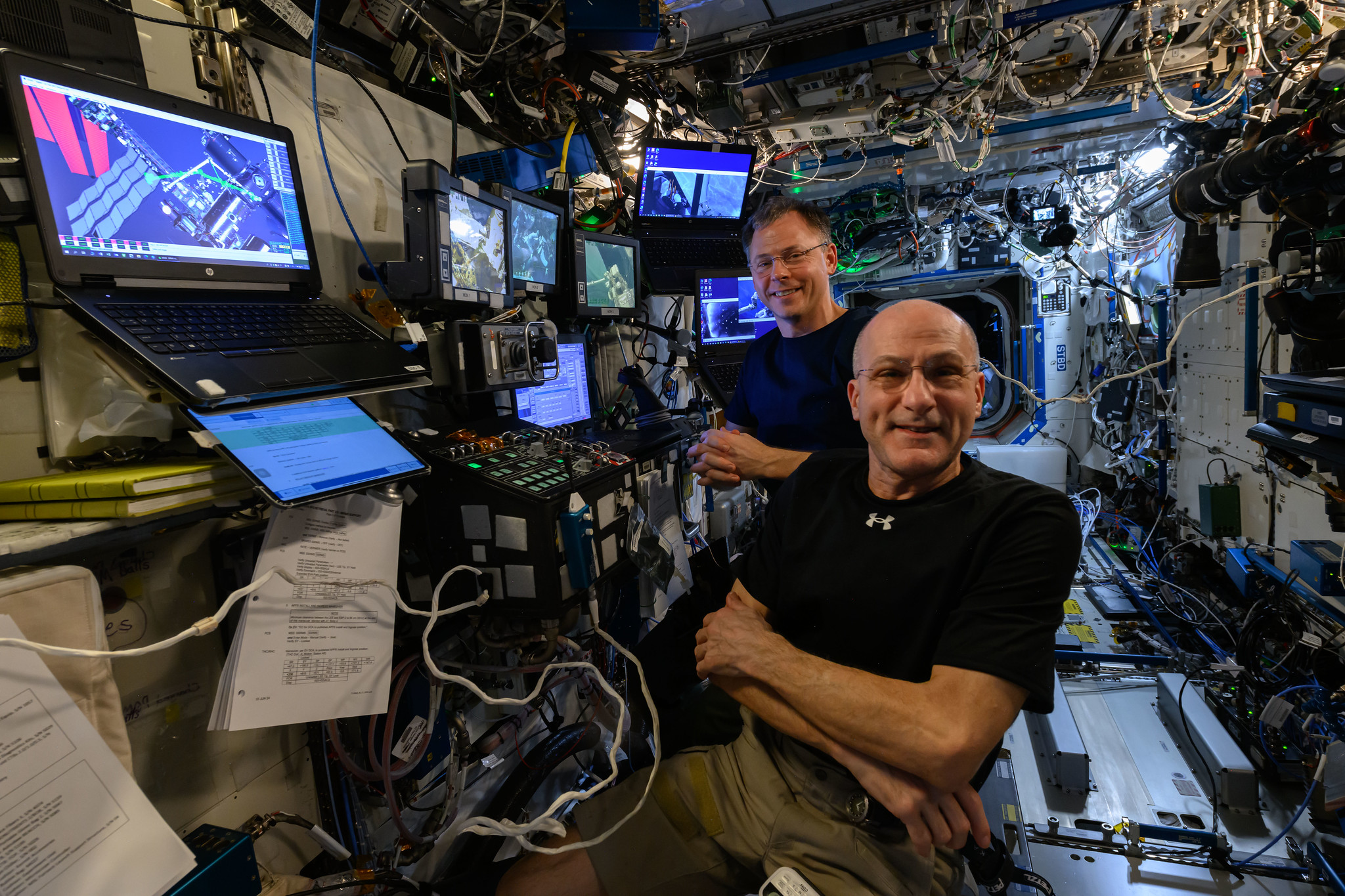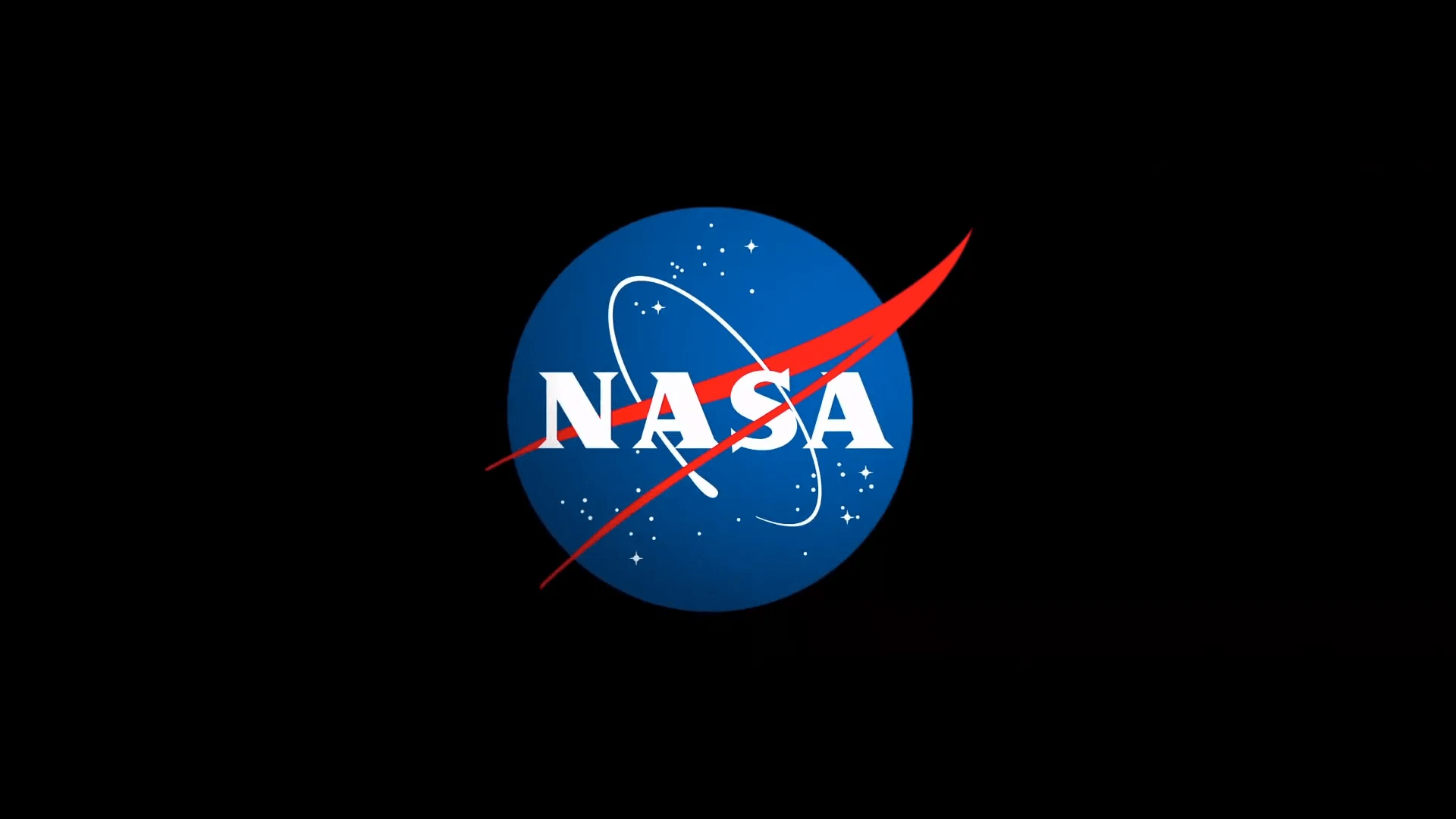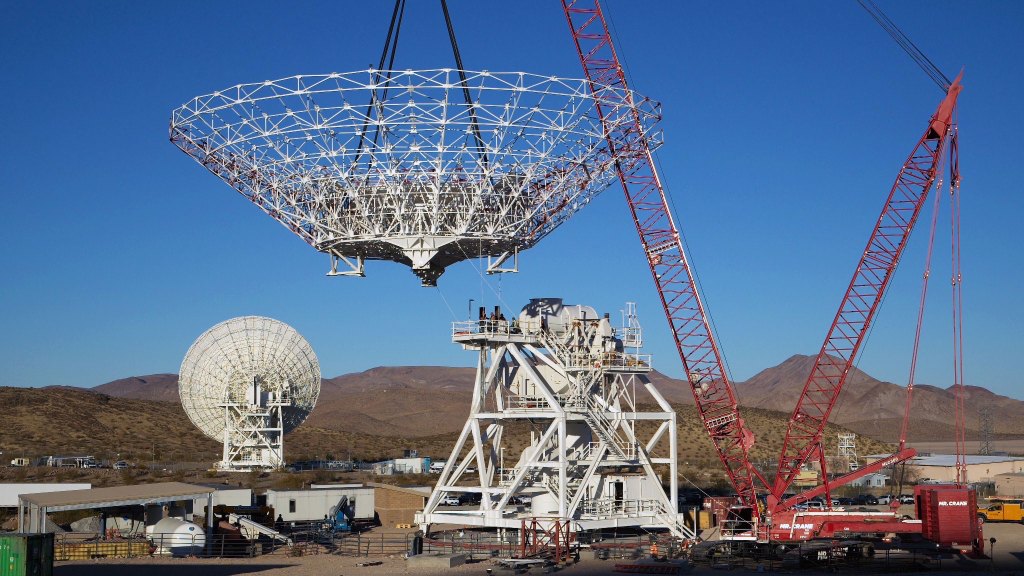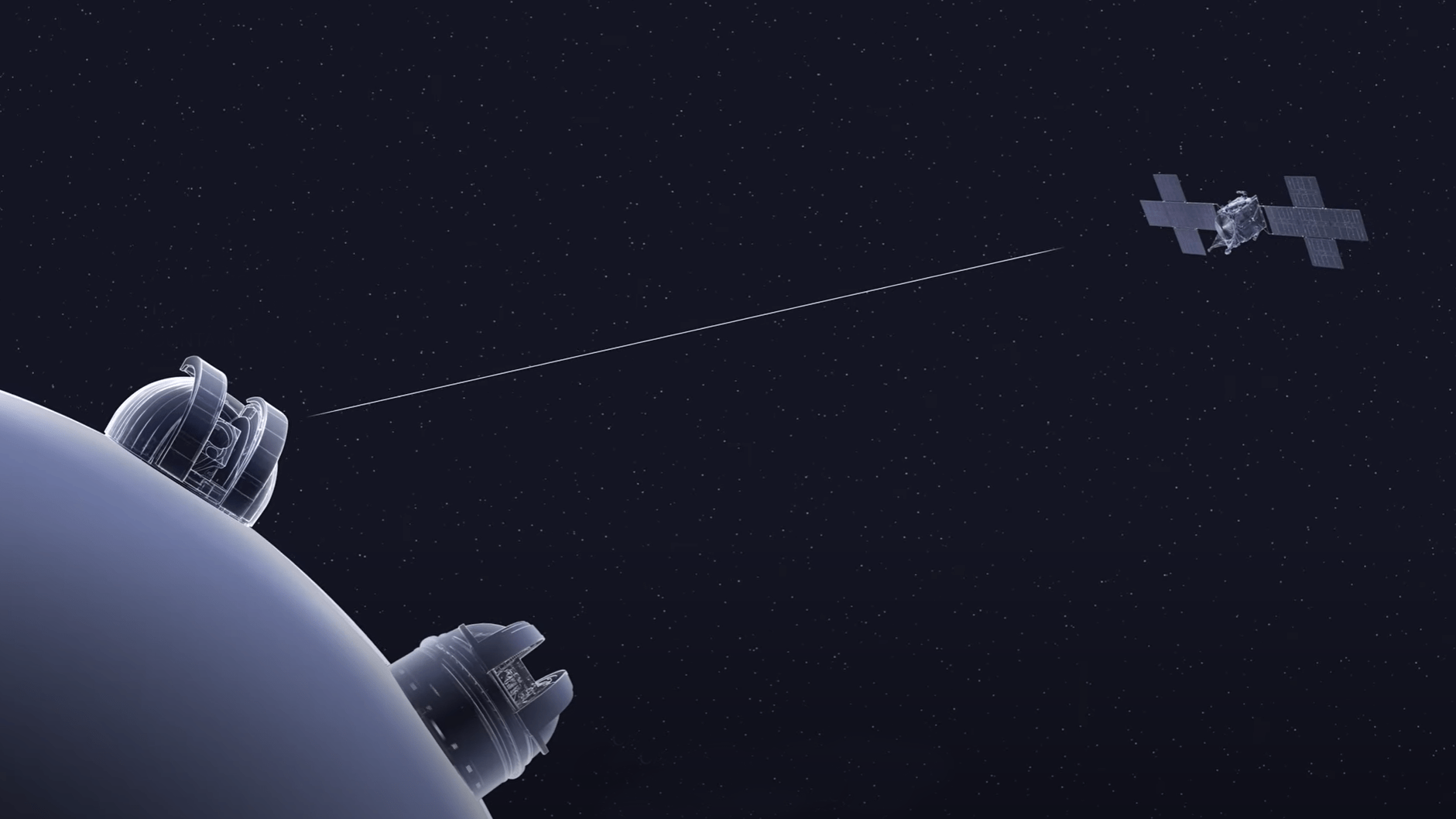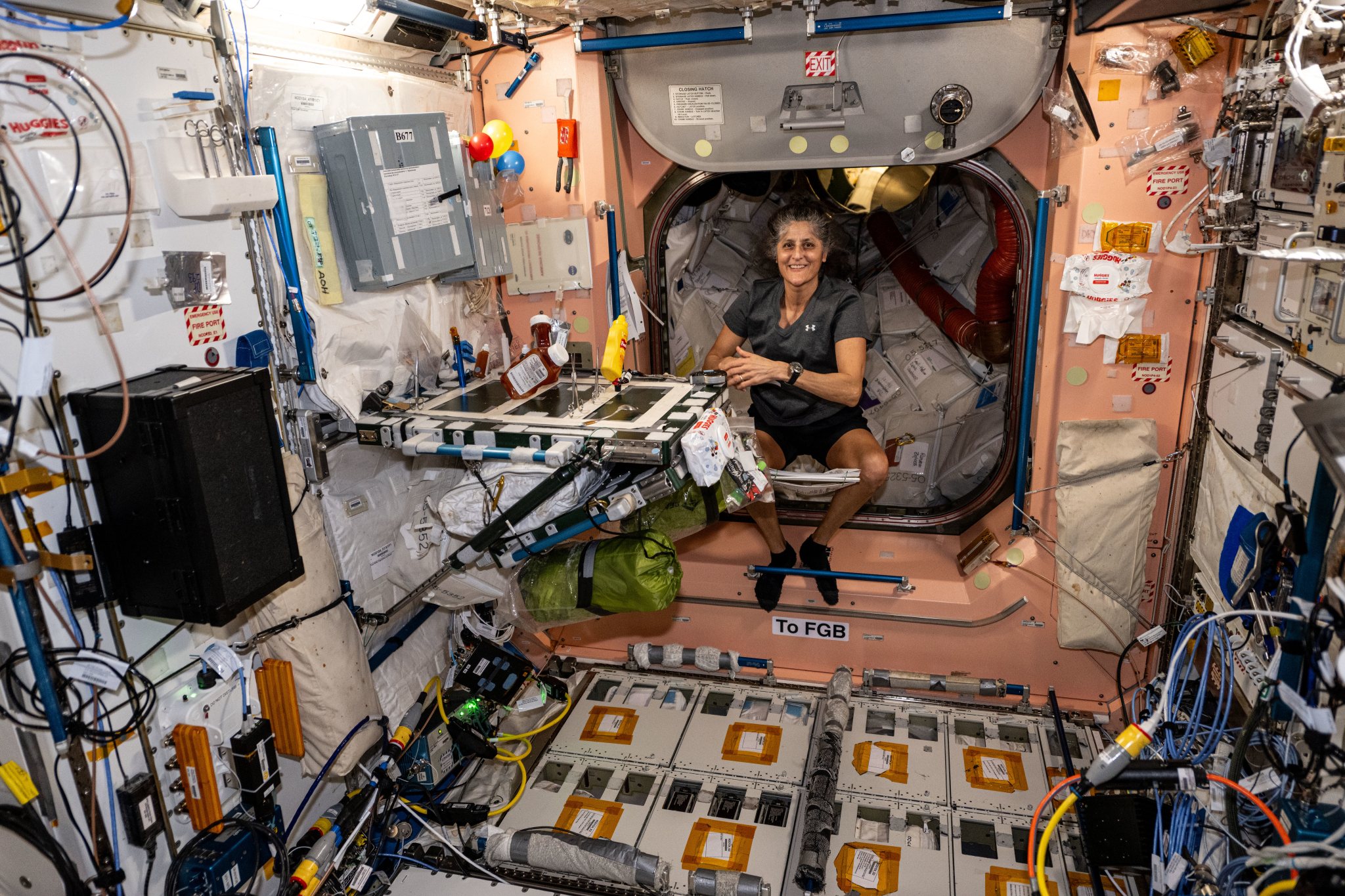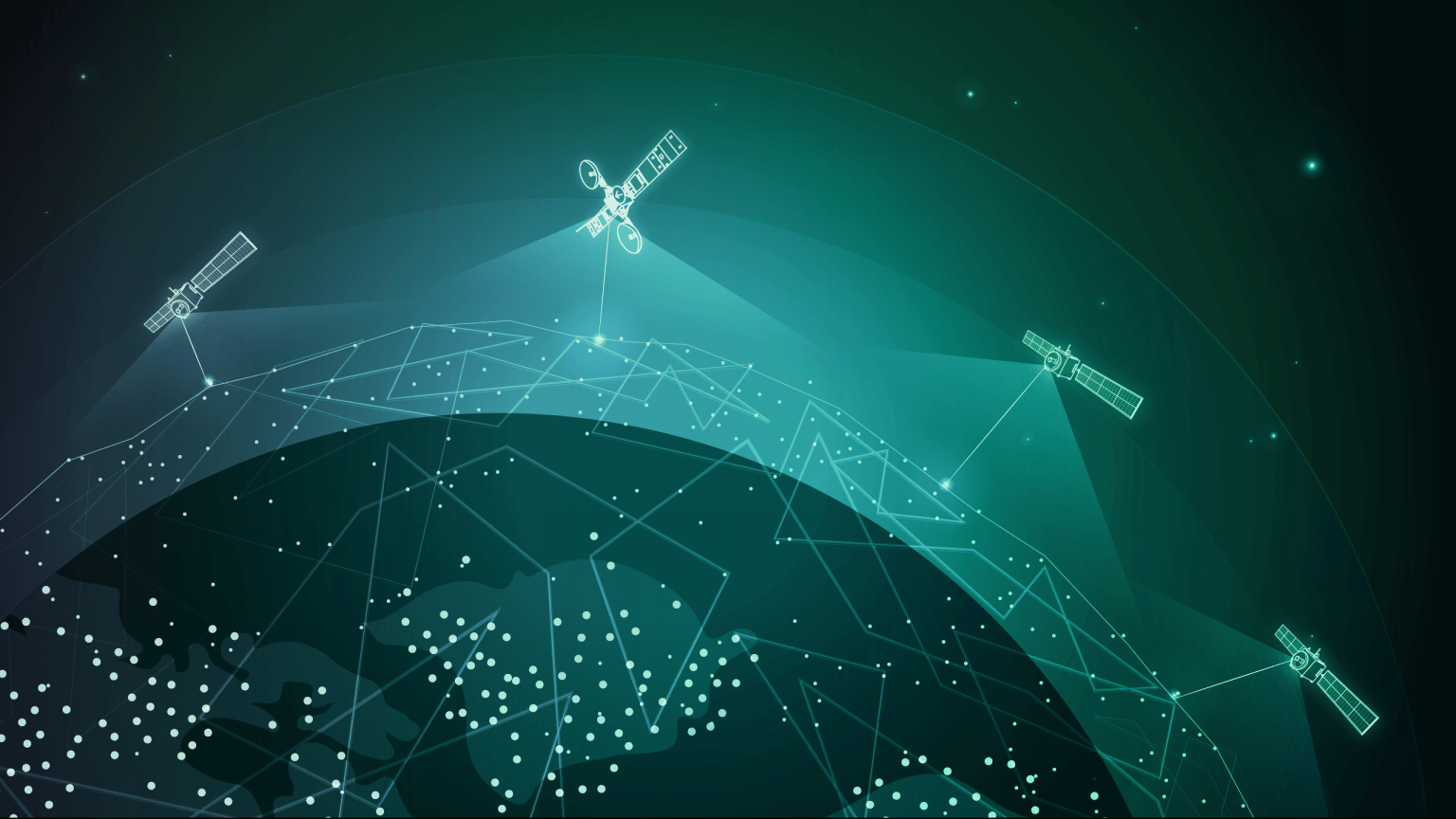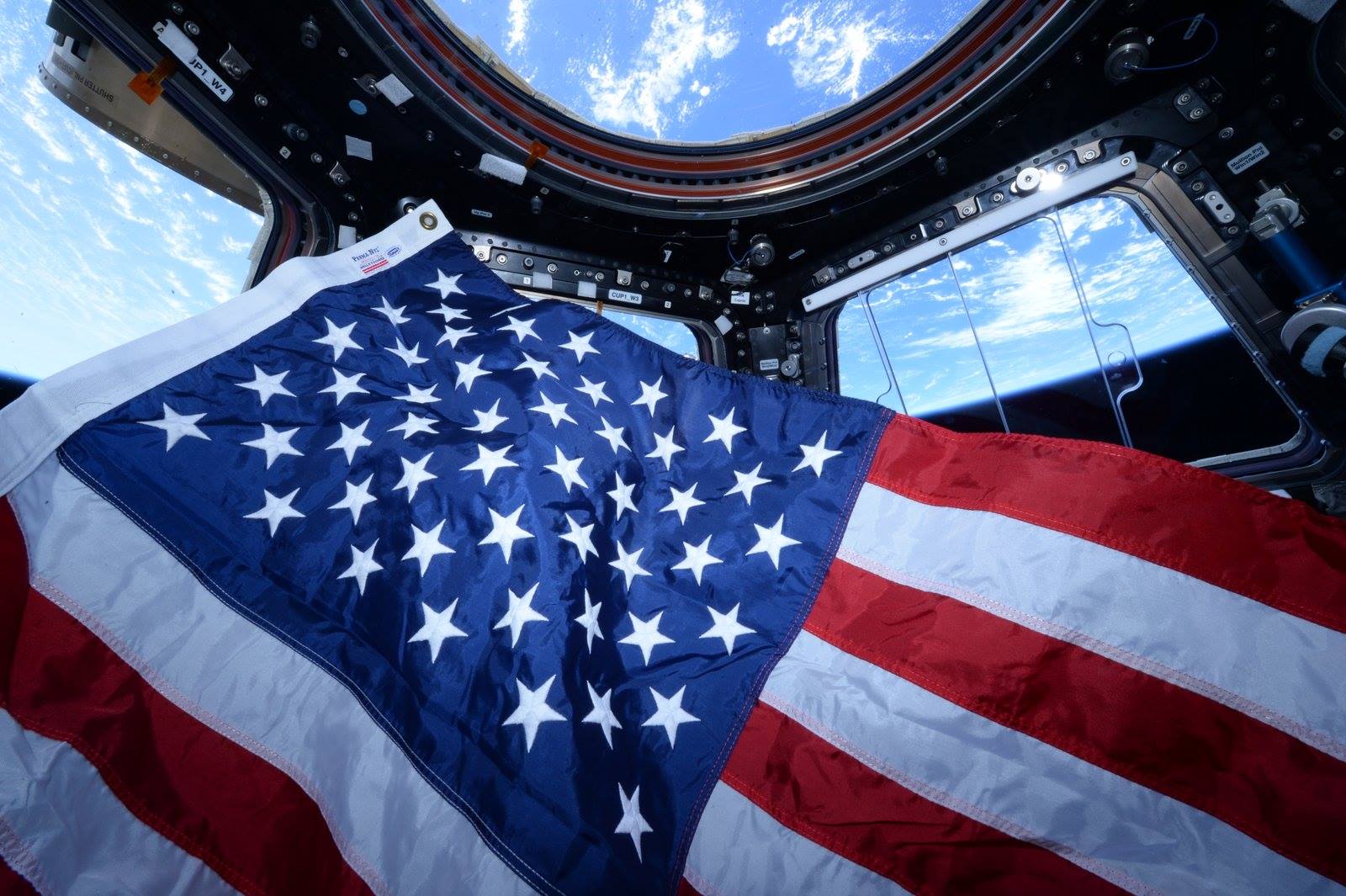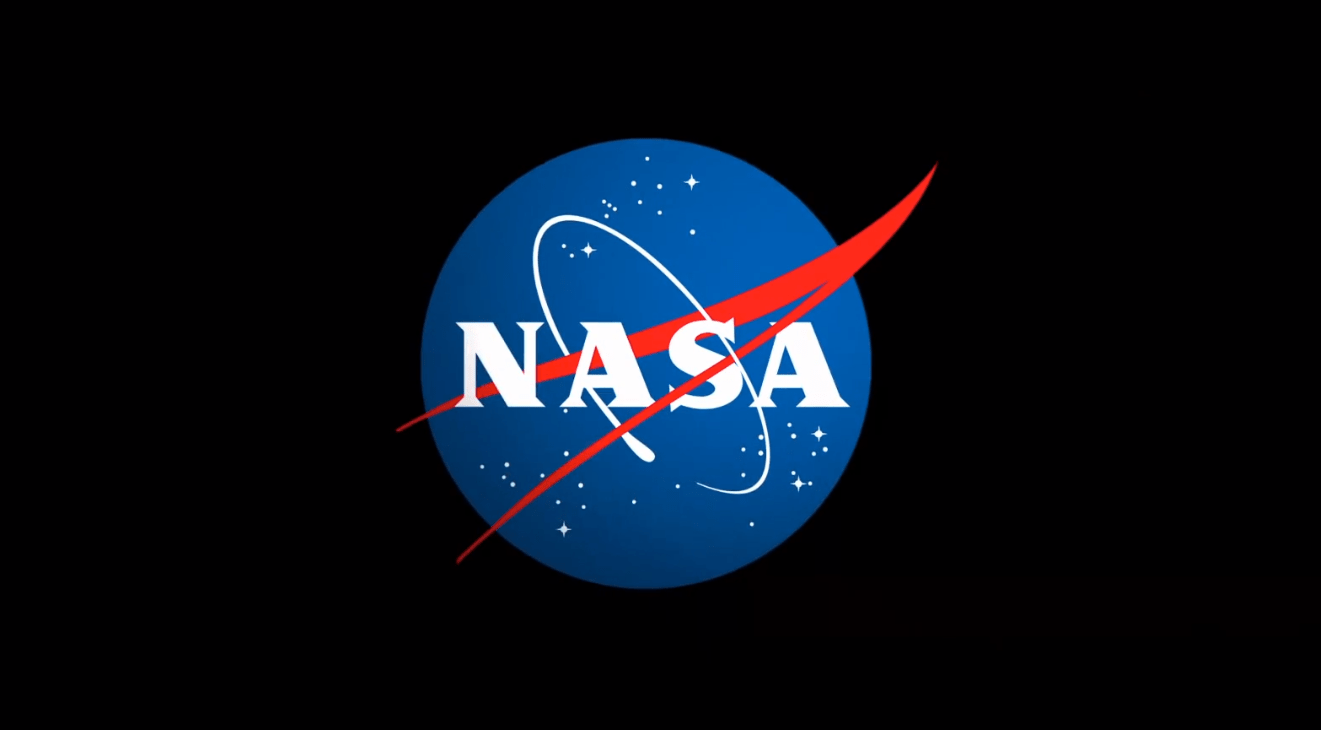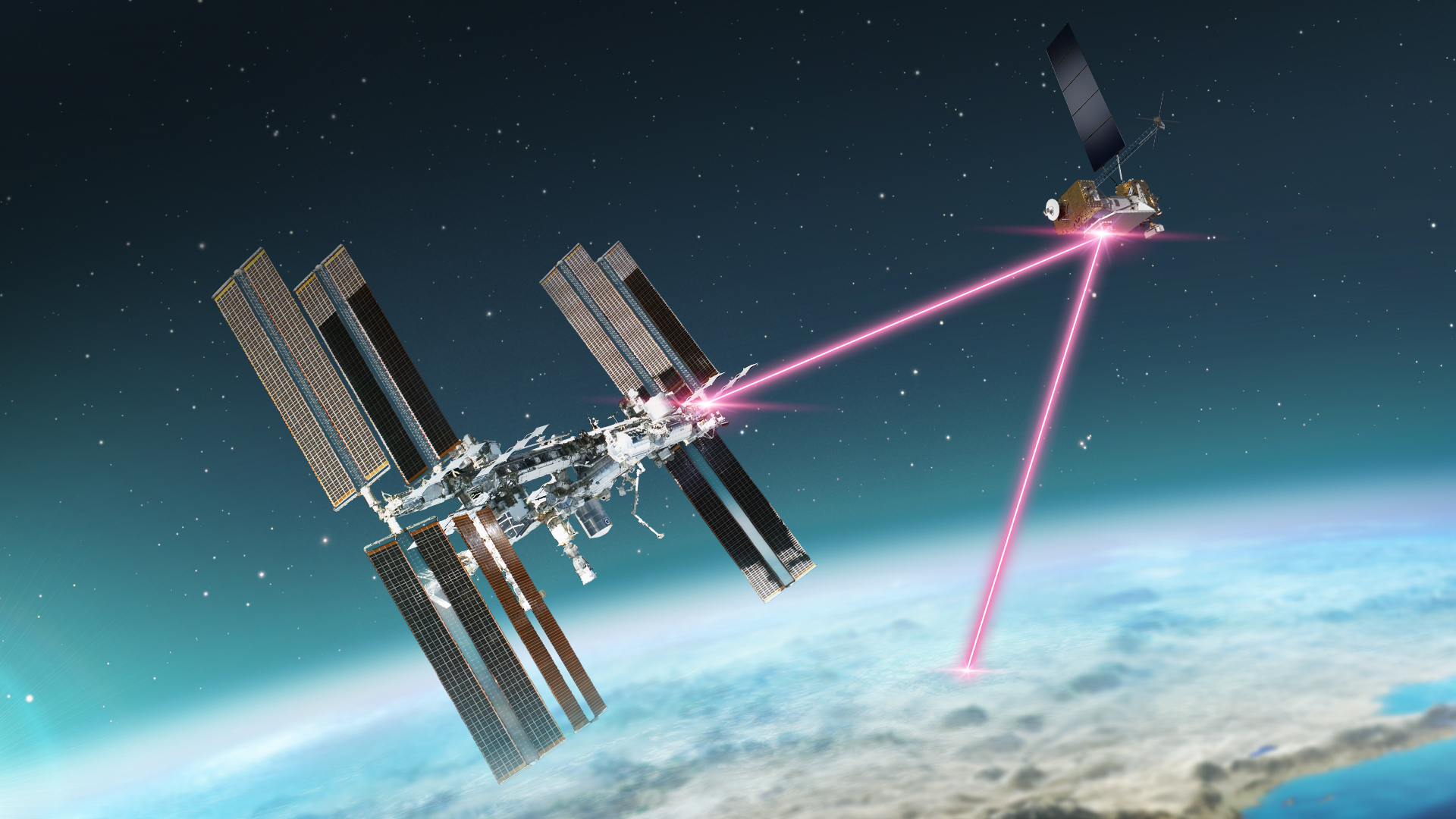NASA astronauts Don Pettit and Nick Hague are at the controls of the robotics workstation.Credit: NASA Students from Rocky Hill, Connecticut, will have the chance to connect with NASA astronauts Nick Hague and Don Pettit as they answer prerecorded science, technology, engineering, and mathematics-related questions from aboard the International Space Station. Watch the 20-minute space-to-Earth call at 11:40 a.m. EST on Tuesday, Feb. 18, on NASA+ and learn how to watch NASA content on various platforms, including social media. The event for kindergarten through 12th grade students will be hosted…
Read MoreTag: Space Communications & Navigation Program
NASA Selects Four Commercial Companies to Support Near Space Network
NASA has selected multiple companies to expand the agency’s Near Space Network’s commercial direct-to-Earth capabilities services, which is a mission-critical communication capability that allows spacecraft to transmit data directly to ground stations on Earth. The work will be awarded under new Near Space Network services contracts that are firm-fixed-price, indefinite-delivery/indefinite-quantity contracts. Project timelines span from February 2025 to September 2029, with an additional five-year option period that could extend a contract through Sept. 30, 2034. The cumulative maximum value of all Near Space Network Services contracts is $4.82 billion. Some…
Read MoreNASA’s New Deep Space Network Antenna Has Its Crowning Moment
4 min read Preparations for Next Moonwalk Simulations Underway (and Underwater) A crane lowers the steel reflector framework for Deep Space Station 23 into position Dec. 18 on a 65-foot-high (20-meter) platform above the antenna’s pedestal that will steer the reflector. Panels will be affixed to the structure create a curved surface to collect radio frequency signals. NASA/JPL-Caltech After the steel framework of the Deep Space Station 23 reflector dish was lowered into place on Dec. 18, a crew installed the quadripod, a four-legged support structure that will direct radio…
Read MorePrecision Pointing Goes the Distance on NASA Experiment
4 min read Preparations for Next Moonwalk Simulations Underway (and Underwater) The laser that transmits between NASA’s Psyche spacecraft and Earth-based observatories for the Deep Space Optical Communications experiment successfully reaches its target thanks, in part, to a vibration isolation platform developed by Controlled Dynamics Inc., and supported by several Space Technology Mission Directorate programs. NASA/JPL-Caltech One year ago today, the future of space communications arrived at Earth as a beam of light from a NASA spacecraft nearly 10 million miles away. That’s 40 times farther than our Moon. That’s…
Read MoreColorado Students to Connect with NASA Astronauts Aboard Space Station
(Oct. 25, 2024) — NASA astronaut and Expedition 72 Commander Suni Williams is pictured at the galley inside the International Space Station’s Unity module at the beginning of her day. Credit: NASA Students from Colorado will have the opportunity to hear NASA astronauts Nick Hague and Suni Williams answer their prerecorded questions aboard the International Space Station on Thursday, Nov. 14. Watch the 20-minute space-to-Earth call at 1 p.m. EST on NASA+. Learn how to watch NASA content on various platforms, including social media. The JEKL Institute for Global Equity…
Read MoreNASA to Embrace Commercial Sector, Fly Out Legacy Relay Fleet
4 Min Read NASA to Embrace Commercial Sector, Fly Out Legacy Relay Fleet An artist's concept of commercial and NASA space relays. Credits: NASA/Morgan Johnson NASA is one step closer on its transition to using commercially owned and operated satellite communications services to provide future near-Earth space missions with increased service coverage, availability, and accelerated science and data delivery. As of Friday, Nov. 8, the agency’s legacy TDRS (Tracking and Data Relay Satellite) system, as part of the Near Space Network, will support only existing missions while new missions will…
Read MoreHow NASA Astronauts Vote from Space Aboard International Space Station
3 min read Preparations for Next Moonwalk Simulations Underway (and Underwater) The American flag inside the cupola of the International Space Station (Credits: NASA). Credit: NASA NASA astronauts aboard the International Space Station have the opportunity to vote in general elections through absentee ballots or early voting in coordination with the county clerk’s office where they live. So, how is voting from space possible? Through NASA’s Space Communication and Navigation (SCaN) Program. Similar to most data transmitted between the space station and the Mission Control Center at NASA’s Johnson Space…
Read MoreNASA Announces Selections for Lunar Comms, Network Studies
NASA has selected Intuitive Machines of Houston and Aalyria Technologies Inc. of Livermore, California, to perform capability studies with the goal of advancing space communications and exploration technologies. These studies will allow NASA to gain insights into industry capabilities and innovations to facilitate NASA partnerships with commercial communications and navigation providers. The awards, under the Next Space Technologies for Exploration Partnerships-2 (Next STEP-2) Broad Agency Announcement (BAA) Appendix Q, are firm fixed-price milestone-based contracts. Intuitive Machines is awarded $647,600 — Study Area No. 1, Lunar User Terminals and Network Orchestration…
Read MoreNASA Selects Lunar Relay Contractor for Near Space Network Services
Credit: NASA NASA has awarded a contract to Intuitive Machines, LLC of Houston, to support the agency’s lunar relay systems as part of the Near Space Network, operated by the agency’s Goddard Space Flight Center in Greenbelt, Maryland. This Subcategory 2.2 GEO to Cislunar Relay Services is a new firm-fixed-price, multiple award, indefinite-delivery/indefinite-quantity task order contract. The contract has a base period of five years with an additional 5-year option period, with a maximum potential value of $4.82 billion. The base ordering period begins Tuesday, Oct. 1, 2024, through Sept.…
Read MoreNASA Streams First 4K Video from Aircraft to Space Station, Back
3 min read Preparations for Next Moonwalk Simulations Underway (and Underwater) A graphic representation of a laser communications relay between the International Space Station, the Laser Communications Relay Demonstration spacecraft, and the Earth. Credit: NASA/Dave Ryan A team at NASA’s Glenn Research Center in Cleveland streamed 4K video footage from an aircraft to the International Space Station and back for the first time using optical, or laser, communications. The feat was part of a series of tests on new technology that could provide live video coverage of astronauts on the…
Read More